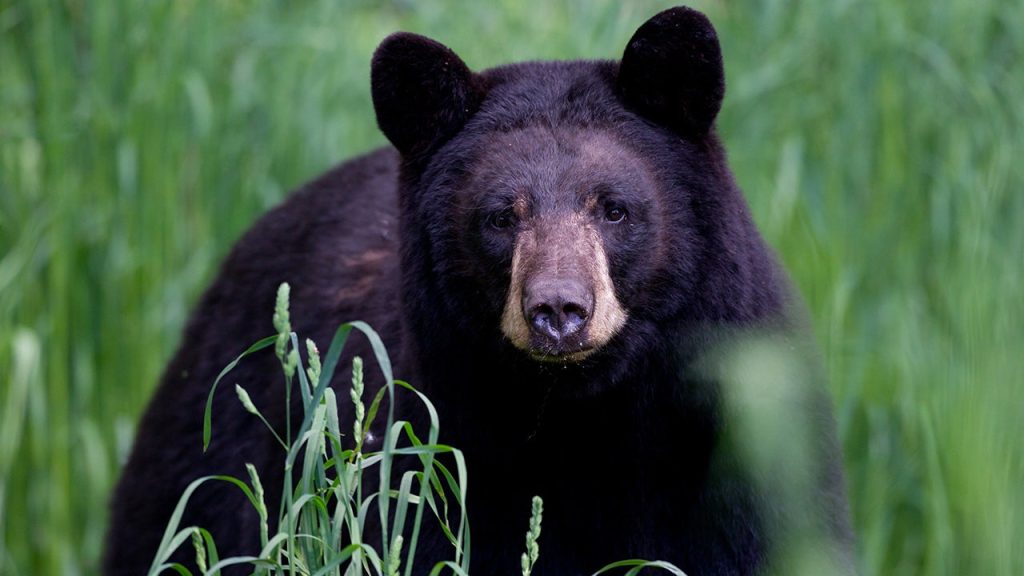Rare Bear Attack in Arkansas Leaves Elderly Man Hospitalized
In a shocking and extraordinarily rare incident, 72-year-old Vernon Patton found himself fighting for his life after a severe bear attack in Arkansas this week. The elderly man suffered extensive injuries when a 70-pound bear mauled him in the Mulberry Mountain area of Franklin County. According to Keith Stephens, spokesperson for the Arkansas Game and Fish Commission, Patton sustained serious wounds to his face, arms, and upper body, requiring immediate medical attention. The severity of the attack prompted an emergency airlift to Washington Regional Medical Center in Fayetteville, where Patton underwent surgery before being transferred to the University of Arkansas for Medical Sciences. Though initially listed in critical condition, Patton has since stabilized but remains hospitalized as he continues his recovery from this traumatic encounter.
What makes this incident particularly notable is its historical rarity in the state. Stephens emphasized that this appears to be the first documented bear attack on a human in Arkansas in at least 25 years, possibly dating back to the 19th century. “This incident is highly unusual,” Stephens told reporters, highlighting just how unexpected such an encounter was in a state where bears and humans have generally coexisted without violent confrontations for generations. The attack serves as a stark reminder that while wildlife encounters are common in rural Arkansas, dangerous confrontations remain extremely uncommon but still possible.
The terrifying ordeal unfolded while Patton was simply working outside, going about his daily activities with no warning of the danger that approached. The peaceful day turned into a nightmare as the bear began its unprovoked attack. Fortunately for Patton, his son arrived during the mauling and took immediate action to save his father’s life. Showing remarkable courage, the son began hurling rocks at the aggressive animal in a desperate attempt to drive it away from his injured father. Stephens recounted that the bear briefly turned its aggression toward the son, charging at him once before ultimately fleeing the scene. This quick thinking and brave intervention likely prevented what could have been an even more tragic outcome.
Following the attack, wildlife officials faced the difficult but necessary decision to locate and euthanize the bear responsible. “If we have an animal that attacked a human being, you’ve got to put it down,” Stephens explained to the Arkansas Times. “You can’t have that happening again.” This standard protocol for wildlife management agencies reflects the paramount importance placed on human safety when wild animals demonstrate unpredictable aggressive behavior toward people. While conservation efforts typically focus on protecting wildlife, incidents involving direct threats to human life necessitate more drastic measures to ensure public safety, particularly in areas where humans and wildlife share habitat.
The incident raises important questions about human-wildlife coexistence in increasingly shared spaces. As human development continues to expand into previously wild areas, encounters between people and animals like bears become more likely. Most wildlife experts emphasize that bears typically avoid human contact and rarely pose threats unless they feel cornered, threatened, or are protecting cubs. What prompted this particular bear to attack remains unclear, but the case serves as a reminder for residents in bear country to remain vigilant and educated about wildlife safety practices, including proper food storage, garbage disposal, and appropriate behavior during unexpected encounters.
For Vernon Patton and his family, the road to recovery will likely be long and challenging. Beyond the physical injuries, survivors of animal attacks often face psychological trauma that can persist long after wounds have healed. The community’s response has highlighted the resilience of rural communities when facing unexpected dangers. Meanwhile, wildlife officials continue to monitor bear activity in the region while emphasizing the statistical rarity of such attacks. As Patton recovers in the hospital, his experience stands as a sobering reminder of nature’s unpredictability and the importance of maintaining a respectful distance from wild animals, even in areas where dangerous encounters have historically been exceedingly rare.


